Ever heard of the Yugo Car? On our tours to the former Soviet Union, our USSR history buff clients are always keen to see a Lada in the wild if it’s their first time in the post-Soviet sphere. In contrast, when we run our tours to the former Yugoslavia, the Yugo car sadly doesn’t get anywhere near as much equal interest as the Lada does, despite being just as if not arguably even more iconic.
How did the Yugo compare with other Eastern Bloc cars?
Again you have probably heard of Skoda, the aforementioned Lada and of course the Trabant of East Germany. The reality though is that you have probably heard of all of these because they were, well pretty shit. The Yugo has slipped under the radar because it was actually a pretty good car and survived, at least briefly the fall of the Iron Curtain.
To read about the little known North Korean car scene click here.
For us though the lack of knowledge about such an iconic communist car, we feel is borderline criminal. So, in a quest to educate the masses we wrote this article as the ultimate guide to facts about the Yugo Car. This YPT lowdown on Communist cars will cover everything from who made the Yugo car and the Yugo convertible to the importance of the 1988 Yugo and, most importantly, where to find a Yugo for sale in 2022!
Table of Contents
- Who Made The Yugo Car?
- Yugo Cars Had a Presence in Great Britain
- There’s Even a Yugo Convertible
- The Breakup of Yugoslavia Was The Downfall of the Zastava Yugo
- The Yugo Car Factory in Kragujevac Was Bombed by NATO
- The 1988 Yugo is Now a Popular Racing Vehicle
- The Price of a Yugo For Sale in the USA was $4,000 in 1986
- The Yugo Cabrio is Pretty Pricey!
- The First Yugo Cars Sent to the US Were Red, White, and Blue
- Where to Find a Yugo For Sale?
Who Made The Yugo Car?
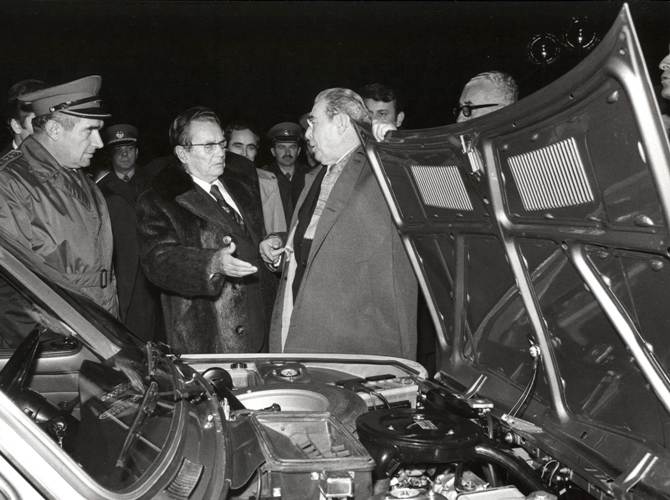
The Yugo was equally referred to as the Zastava Koral due to it being the brainchild of the Yugoslavian corporation of Zastava Automobiles. Zastava, however, pre-dated Communist Yugoslavia by a fair bit. Founded back in 1853, it was originally a weapons manufacturer that later expanded into producing Ford-designed trucks to the Royal Yugoslav military until the Nazi invasion of Yugoslavia in 1941.
After the War, Zastava began to take inspiration from the Fiat produced by neighbouring Italy, In 1953, the Milletrecento model of the Yugo with a 1300cc engine was created by the Yugoslav company. This formed the base model for some of the most popular Yugo cars ever made such as the Zastava 101, 128, and 311.
Were there Yugo cars in Britain?
Unlike the USSR, Tito’s Yugoslavia had a positive relationship with the US, the UKe western world in general. In 1981, Yugo cars made with right-hand drive began to appear in the country after Zastava set up a headquarters in Berkshire. A few years later in 1985, Zastava expanded to the Republic of Ireland. These were largely managed and partially staffed by Yugoslavians, another key difference with Cold War (one) SFR Yugoslavia and the USSR.
As well as a small number of cars imported from Yugoslavia, most of the designs made specifically for the UK and Ireland aimed at being a cheaper version of indigenous vehicles such as the Austin Mini-Metro and Ford Fiesta. In contrast to the hellish reviews imported Ladas received, the British press was kinder to the Yugo car and the cars sold fairly well throughout the 1980s.
Was there a convertible Yugo?
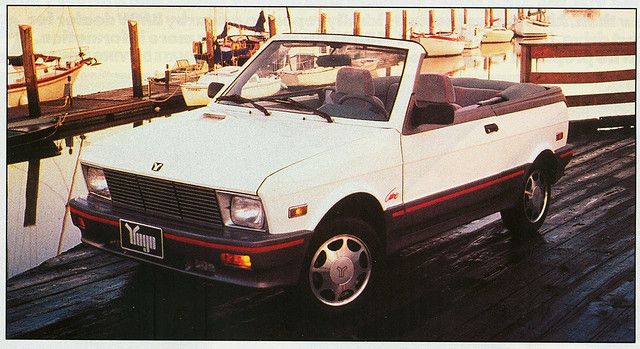
In the 1980s, one of my personal favourite Yugo cars was created by Zastava in the form of the Zatava convertible. It’s said to have been an attempt to pull the company out of bad times as the economic situation in Yugoslavia grew increasingly worse. Looking like a copy of a retro VW Golf, there is no better way to cruise the Adriatic coast and get sunburnt in one of these Yugo convertible badboys.
The Breakup of Yugoslavia Was The Downfall of the Zastava Yugo
Personally, one of the most morbidly interesting facts about the Yugo car is how the breakup of Yugoslavia acted as a symbolic breakup of the company. As the 80s came to an end, Broz Tito had passed away and the end was nigh for Yugoslavia. 1991 saw Slovenia break away first. Not long after came Croatia, Bosnia-Herzegovina, and North Macedonia. Then came apocalyptic levels of violence.
The Zastava Yugo and everything it was made of embodied Yugoslavia. Slovenia provided its alternators, the fabric and plastic for the Yugo interior were made in Croatia, Macedonia made the seatbelts, Bosnia made the electrics, and the trunks were made in the then-Serbian region of Kosovo. As Yugoslavia collapsed, so did the production capacity of the Zastava Yugo.
The Yugo Car Factory in Kragujevac Was Bombed by NATO

From 1991 to 1995 as Yugoslavia became engulfed in four years of relentless warfare pockmarked with ethnic cleansing, wide-spread destruction, and all-out carnage, the collapse of the Yugo car factory was ignored as an insignificant casualty amongst the thousands of dead. As the Kosovo War kicked off in 1999, the Yugo Car factory in Kragujevac would indeed feel the force of war.
During “Operation Allied Force”, NATO warplanes launched 2,300 airstrikes dropping 22,000 tonnes of different projectiles across Yugoslavia in an attempt to force the Yugoslav Army to withdraw from Kosovo. In the Spring of that year, a NATO strike pounded the Yugo car factory in Kragujevac and severely damaged it.
The 1988 Yugo is Now a Popular Racing Vehicle
The 1988 Yugo, known as the Yugo GVS, was a very sporty model for its time. In the years since, it has gone on to become a very popular racing vehicle. In particular the 1988 Yugo has found a spot amongst the hearts of drag racers around Europe who compete in the form of motor racing where two cars compete to be first to cross a set finish line. Fun fact YPT wanted to race a Yugo in the Mongol Rally, then damned Covid-19 hit.
The Price of a Yugo For Sale in the USA was $4,000 in 1986
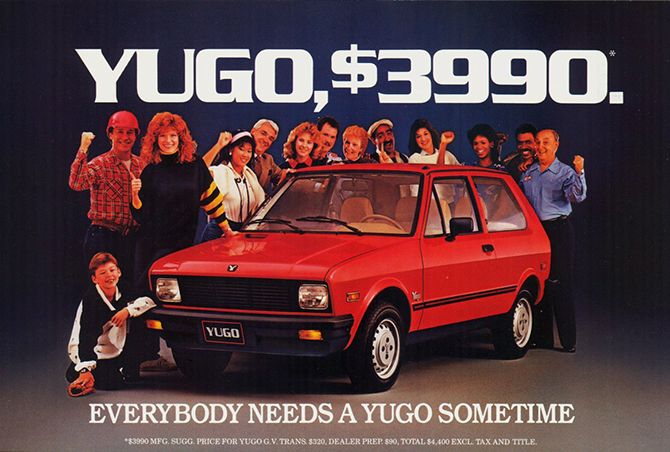
This fact will make you think about the next Yugo car you see in a very different way. In 1986, the price of a Yugo for sale in the USA with almost $4,000. Crazy, right? This was the result of entrepreneur Malcolm Bricklin who actively tested the US market for Yugo cars in 1984. Two years later, Yugo America began selling the entry-level GV (“Good Value”) hatchback at nearly $4,000 – although 4k back then would be about 10k now. Still cheap, but due context included.
The entry-level GV Yugo car was fitted with a 1,100 cc overhead-cam five-main-bearing engine and four-speed manual transmission. It was very popular amongst American car enthusiasts, but its promising start to the US market was short-lived. As the situation in Yugoslavia began to deteriorate and turn violent in 1992, Zastava was forced to cease exporting Yugo cars exports as UN sanctions took effect.
The Yugo Cabrio is Pretty Pricey!
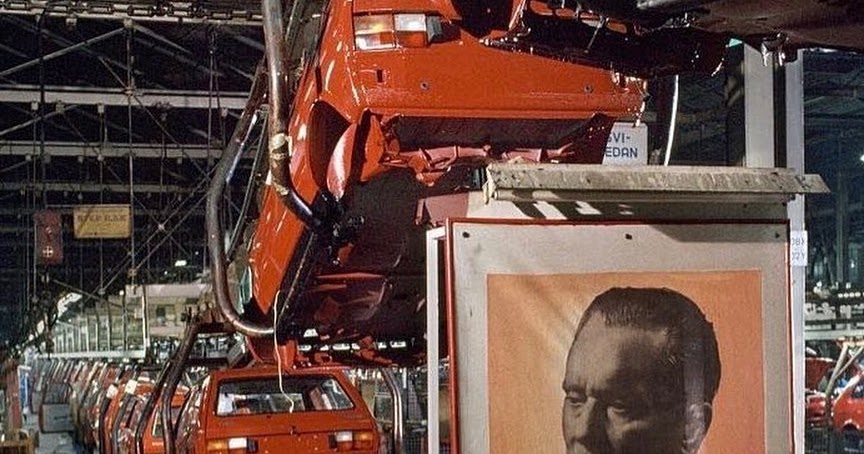
Despite its mixed reception, any car as iconic as the Yugo is bound to be able to fetch a pretty price amongst car enthusiasts. Whilst Yugos aren’t that rare in themselves, certain models such as the Yugo Cabrio certainly are. You may remember the Yugo Cabrio from earlier in the list. This is the Yugo convertible made by Zastava, of which only 500 of them where made.
That’s a pretty niche supply number and its clear that the Yugo Cabrio was designed for the more exclusive Yugo owner. What makes it even more rare, especially in the U.S., is that less than 100 of them were exported into the country. In 2013, it’s reported that one Yugo Cabrio sold at a U.S. car auction for around $11,000!
The First Yugo Cars Sent to the US Were Red, White, and Blue
If you say one thing about the Zastava Yugo company, they knew how to do marketing! In 1982, a US entrepreneur named Miro Kefurt was successful in contacting Zastava to propose an export of the Yugo cars to the United States. Two years later in 1984, the first Yugo cars were shown to the American public at an LA car show. For extra appeal, they were painted in red, white, and blue!
Unlike the UK, the Yugo car didn’t do so well in the United States where it was very poorly received. From bad design to technical issues, it was the subject of nationwide ridicule. This ironically led to the Yugo car entering the Hollywood Hall of Fame. It was featured in Die Hard and in the animated movie Cars, which featured a criminal gang of Yugo cars called the ”Hugos”.
Where to Find a Yugo For Sale?
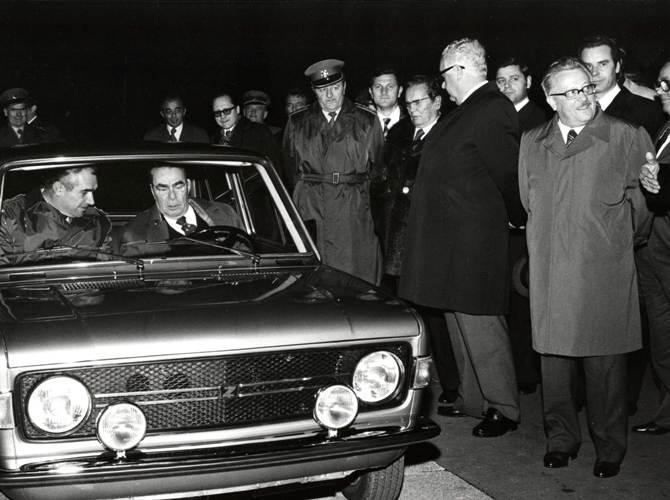
As we reach the end of our list of quirky facts about the Yugo car, you’ll either be itching to buy one or hope to god you never have the bad luck to end up behind the wheel of one. If you’re of the former, the good news is that there are many places to find a Yugo for sale. In the former Yugoslavia, there is an abundance of used Yugo cars on offer as most of the younger crowd prefer to go for a BMW or Mercedes there days. They are still common though and certainly hold a magical nostalgia for many.
In the countries that Zastava exported too, you can often find used Yugo cars for sale at car meets, rare vehicle clubs, and in car autions online. Be prepared to get your wallet out though, these cars are iconic and auctions for them can get pretty fierce especially if you’re bidding for a rarer model of the Yugo car.
Want to see a Yugo up close and personal? Why not join our Yugoslavia tour this winter?





